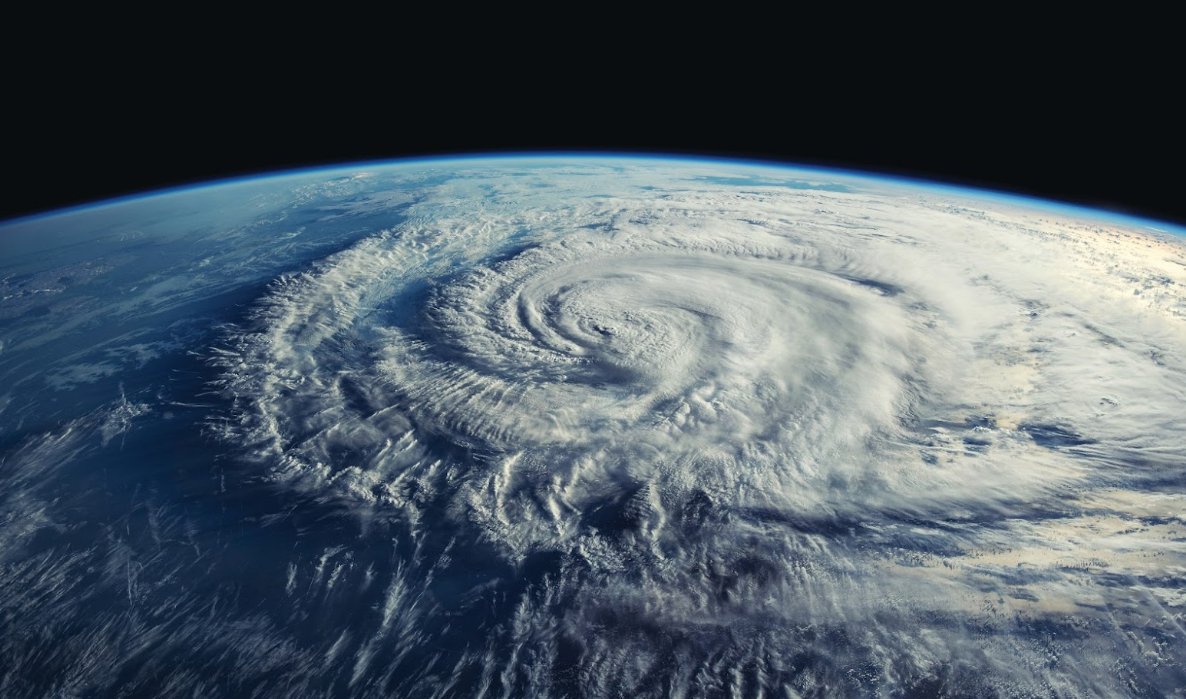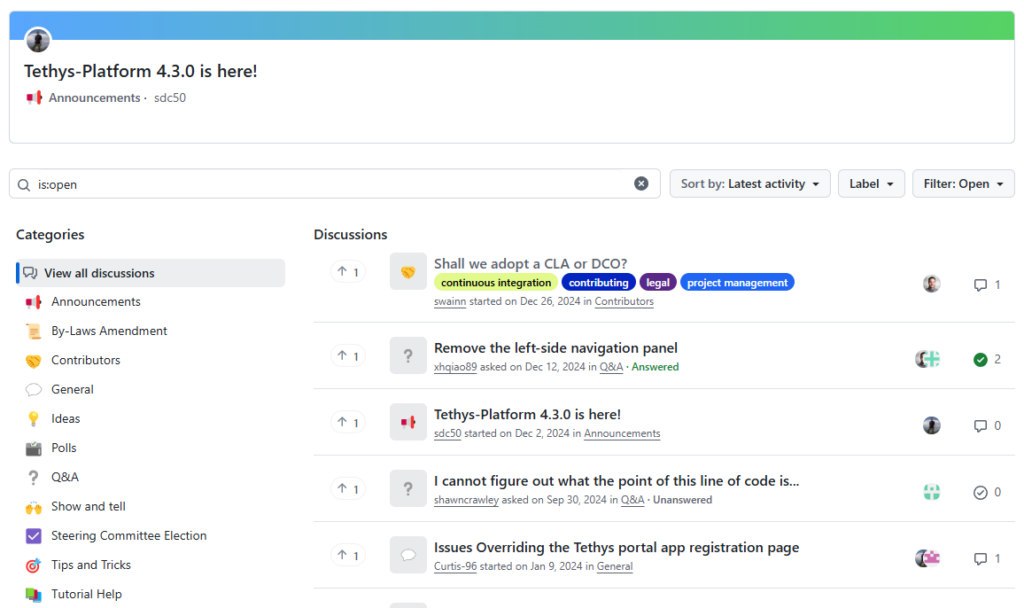Your cart is currently empty!

From Code to Community: 5 Essential Tips for Sharing Projects Online
—
In the world of Earth science and geospatial development, sharing your work can create ripples of impact far beyond your initial project. At Tethys Geoscience Foundation, we’ve seen firsthand how shared innovations can transform communities. Here are five essential tips we’ve learned about effectively sharing your Earth science projects online.
1. Make Documentation Your Priority
Clear documentation isn’t just helpful – it’s transformative. Consider the success of projects like the GEOGLOWS Hydroviewer, where comprehensive documentation has enabled researchers worldwide to adapt the tool for their local needs. Whether you’re hosting your project on GitHub, GitLab, or another open-source platform, ensure your documentation is accessible and well-structured.
A detailed README file should provide a clear project overview, purpose, installation instructions, and usage examples. Platforms like GitHub Wikis or GitHub Pages can be used for extended documentation, while issue templates help streamline troubleshooting for users.
2. Build With Accessibility in Mind
The most impactful Earth science tools are those that bridge technical gaps. When sharing your project, focus on user-friendly design and clear explanations of technical terms. Consider users with different technical backgrounds by providing examples of real-world applications and designing for scalability.
If hosting your project on a platform like GitHub, creating a CONTRIBUTING.md file can guide potential contributors, ensuring accessibility isn’t just about user experience but also about ease of collaboration.
3. Embrace Open Standards and Interoperability
The success of tools like the Water Data Explorer shows the power of supporting open standards. By using established standards and supporting multiple data sources, applications become more valuable to the broader community.
Projects hosted on GitHub or similar platforms can leverage integration tools such as GitHub Actions for automated testing and CI/CD pipelines to ensure reliability across different environments. Ensuring your project seamlessly integrates with existing workflows and tools makes adoption and collaboration easier.

4. Foster Community Engagement
The story of projects like the Community Streamflow Evaluation System (CSES) shows how community involvement can transform a regional tool into a national resource. Building a strong community around your project requires consistent effort and dedication.
If your project is hosted on GitHub, enabling Discussions and Issues provides a space for users to ask questions, request features, and report bugs. Regularly engaging with users on platforms like Discord, Slack, or specialized forums helps strengthen relationships and create a sense of collaboration. Additionally, well-defined contribution guidelines encourage developers to contribute in a structured and meaningful way.
5. Plan for Sustainability
Long-term success requires thinking beyond the initial release. Consider how your project will evolve over time, who will maintain it, and what resources will be needed to keep it relevant and useful. If your project is on GitHub, regularly tagging releases, maintaining a changelog, and defining maintainership in a MAINTAINERS.md file can help ensure long-term viability.
Additionally, leveraging funding or sponsorship options available on platforms like Open Collective or GitHub Sponsors can provide resources for ongoing development and maintenance.
Join Our Community
Want to see these principles in action? Join our growing community of Earth scientists and developers on the Tethys Geoscience Foundation forums. Follow us on LinkedIn to stay updated on featured projects and success stories from around the globe. From water resource management tools to climate monitoring systems, our community members are constantly sharing innovations that make Earth science more accessible and impactful.
Remember, every shared project has the potential to spark new collaborations and solutions. Whether you’re developing sophisticated modeling systems or creating simple visualization tools, your work could be the missing piece in someone else’s environmental solution. By sharing openly and thoughtfully, you’re not just releasing code – you’re creating opportunities for global impact in Earth science.
Ready to share your project? Connect with us and join the conversation about building Earth’s future together.

Leave a Reply